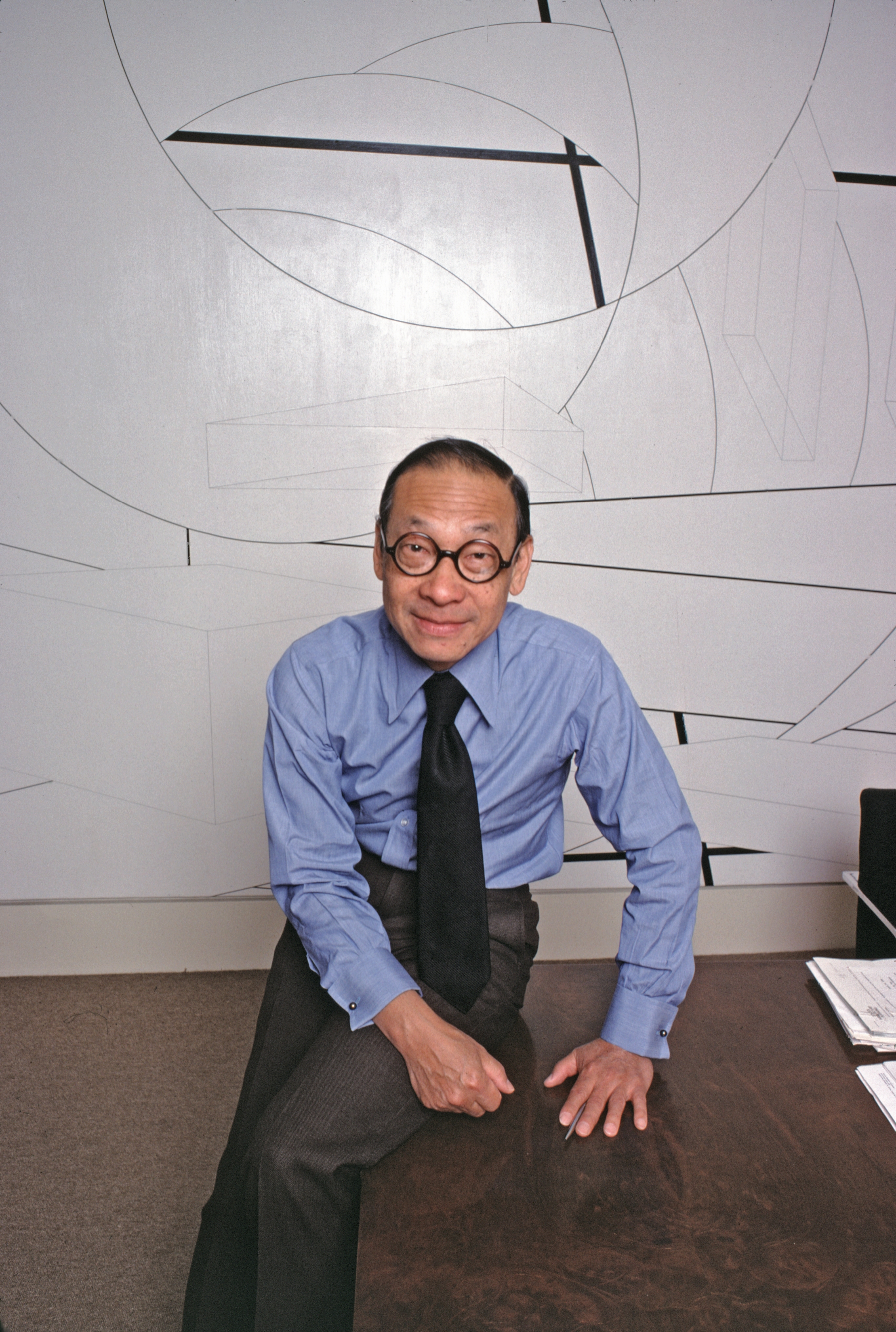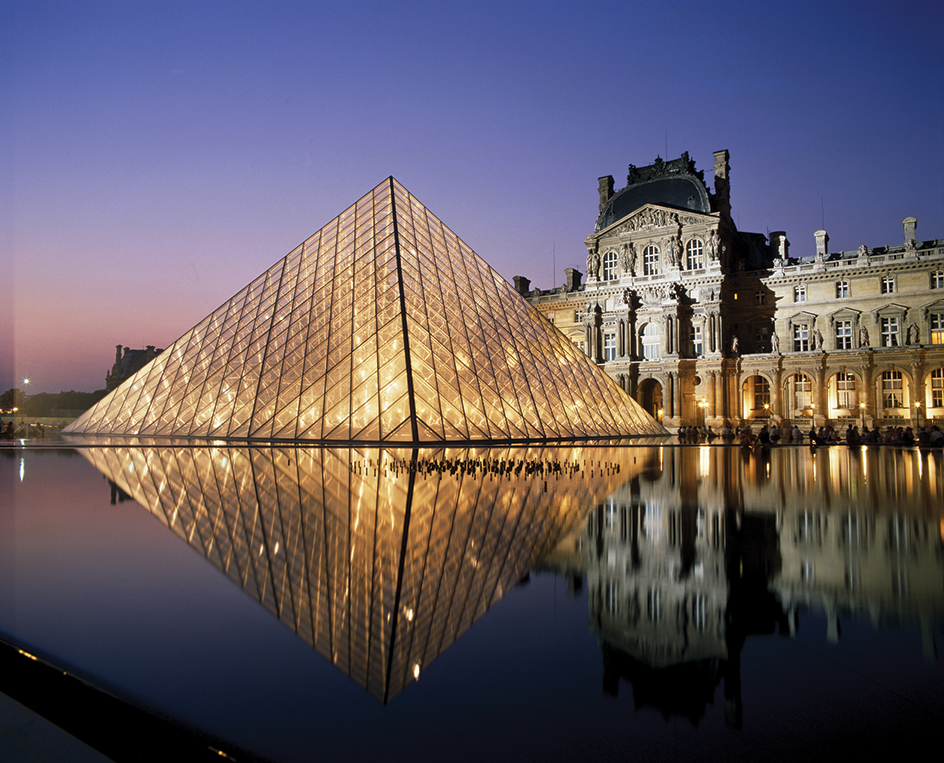Pei << pay, >> I. M. (1917-2019), was an American architect noted for his creative urban designs. These designs include skyscrapers, housing projects, museums, and academic and government buildings. Pei’s buildings are characterized by broad irregular geometric shapes and large open interiors.

Ieoh Ming Pei was born on April 26, 1917, in Guangzhou (also called Canton), China, and came to the United States in 1935 to study architecture. He became a U.S. citizen in 1954. Pei’s early works show the influence of the modern German architects Walter Gropius and Ludwig Mies van der Rohe. These works include the Mile High Center (1955) in Denver, Colorado, and the Society Hill housing project (1964) in Philadelphia, Pennsylvania.
In the late 1960’s, Pei began to develop a more personal style using prism shapes. His later projects include the National Center for Atmospheric Research (1967) in Boulder, Colorado; the Everson Museum of Art (1968) in Syracuse, New York; the John Hancock Building (now known as 200 Clarendon Street, 1973) in Boston, Massachusetts; the East Building (1978) of the National Gallery of Art in Washington, D.C.; and the John F. Kennedy Library (1979) in Boston. In 1989, Pei completed the glass pyramid that serves as the entrance to the Louvre museum in Paris, France. His Morton H. Meyerson Symphony Center in Dallas, Texas, also opened in 1989. Pei’s Bank of China Tower in Hong Kong was completed in 1990. His Rock and Roll Hall of Fame and Museum in Cleveland, Ohio, opened in 1995. Pei also designed the Miho Museum (1997) near Kyoto, Japan; the German Historical Museum (2003) in Berlin; and the Museum of Islamic Art (2008) in Doha, Qatar.
Pei died on May 16, 2019. He was 102 years old.
See also Rock and Roll Hall of Fame and Museum.

